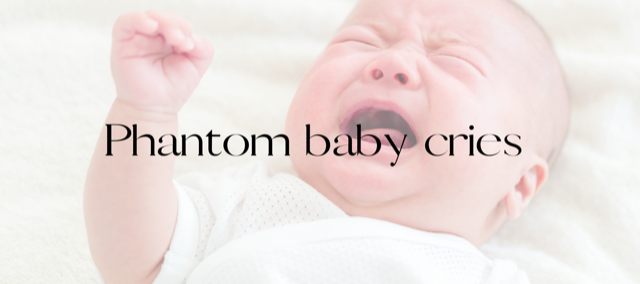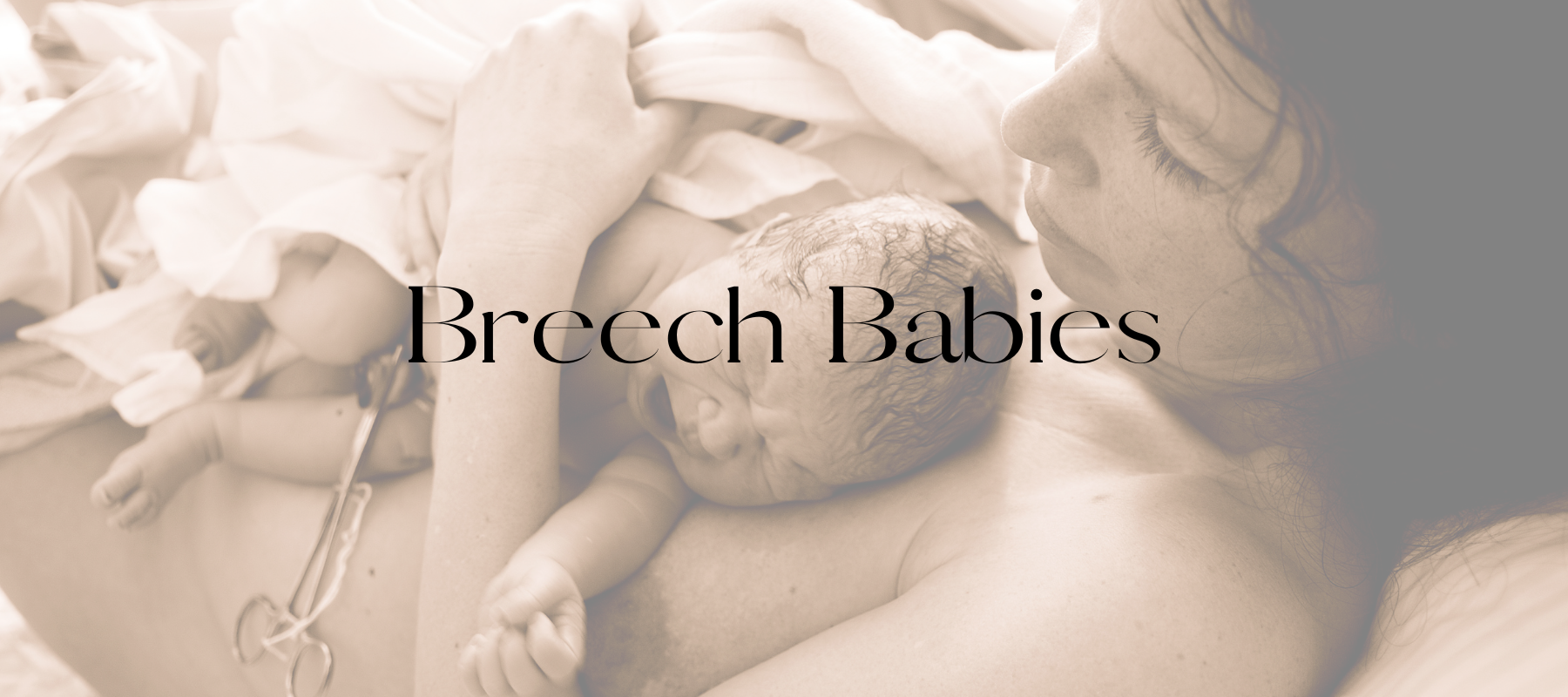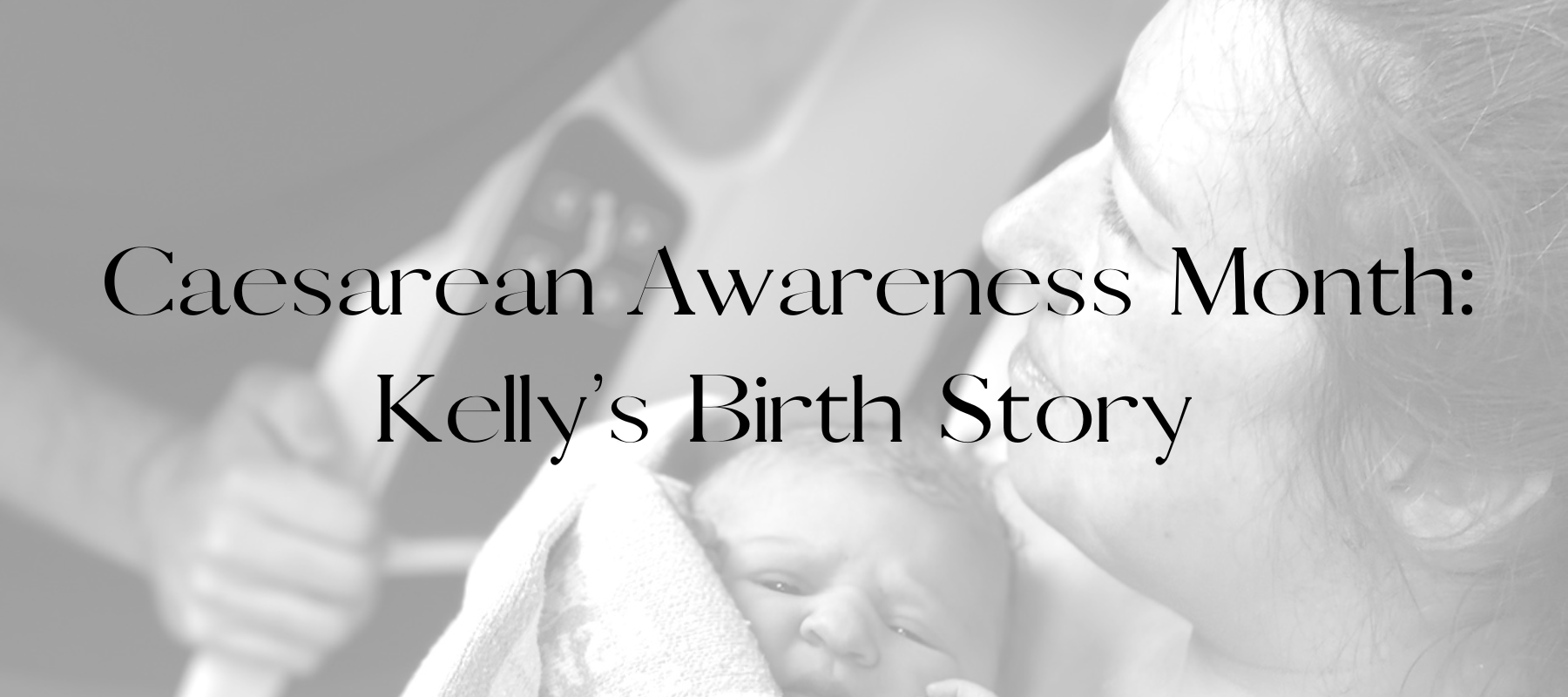With all of the many changes associated with having a baby, both physical and emotional, the neurological aspect often goes unmentioned. For example, have you ever heard your baby crying, jump up to go check on them, and instead, you find them sound asleep?
Hearing your baby cry when they’re not actually crying is called ‘phantom cries’ and it’s a very common psychological phenomenon in early parenthood.
Mothers often say they hear their baby crying when they are in the shower, or separated from their baby. This is due to a (subconscious) heightened sense of awareness from lack of control/inability to see baby while away from them. Mistakenly hearing your baby cry can also be caused by sleep deprivation and postpartum anxiety.
Phantom cries can be common in the first few months of parenting, but can even extend to the occasional cry when the children have grown. In the first several days/weeks of parenthood, your brain is highly stimulated in response to hormones and stress.
If you are experiencing phantom cries, here are a few practical solutions that may help:
- Baby monitors! Use these as a tool to monitor baby and rely less on your own senses which can lead to hearing phantom cries.
- Consider letting your baby cry (or phantom cry) while you finish what you are doing, this helps relieve the psychological pressure of having to respond immediately - therefore making it less important to be on the constant lookout for the slightest noise.
- Take time out for yourself – ask your partner/support person to take over responsibility of watching baby and give yourself mental distance.
Will phantom cries ever stop?
The good news is that phantom cries are temporary, and will often resolve as your body/mind become more comfortable with baby’s feeding cues, routine and awake times. Self-care throughout the early postpartum period is extremely important throughout your day too. Try to allocate time to relax (so difficult, we know!) sleep during the day when baby sleeps, and spend time exercising outdoors.
If phantom cries begin to affect your life daily and cause you significant stress - then talk to a health professional you trust.
Written by Keryn Thompson, RM & IBCLC (L-301766)
References
Alder, J., Fink, N., Bitzer, J., Hösli, I. and Holzgreve, W., 2007. Depression and anxiety during pregnancy: A risk factor for obstetric, fetal and neonatal outcome? A critical review of the literature. The Journal of Maternal-Fetal & Neonatal Medicine, 20(3), pp.189-209.
Figueiredo, B. and Conde, A., 2011. Anxiety and depression symptoms in women and men from early pregnancy to 3-months postpartum: Parity differences and effects. Journal of Affective Disorders, 132(1-2), pp.146-157.
Grant, K., McMahon, C. and Austin, M., 2008. Maternal anxiety during the transition to parenthood: A prospective study. Journal of Affective Disorders, 108(1-2), pp.101-111.
Henderson, J. and Redshaw, M., 2013. Anxiety in the perinatal period: antenatal and postnatal influences and women’s experience of care. Journal of Reproductive and Infant Psychology, 31(5), pp.465-478.
Henderson, J. and Redshaw, M., 2013. Who Is Well After Childbirth? Factors Related to Positive Outcome. Birth, 40(1), pp.1-9.
Matthey, S., Barnett, B., Howie, P. and Kavanagh, D., 2003. Diagnosing postpartum depression in mothers and fathers: whatever happened to anxiety? Journal of Affective Disorders, 74(2), pp.139-147.
Whitehouse, G., Hosking, A. and Baird, M., 2008. Returning too soon? Australian mothers' satisfaction with maternity leave duration. Asia Pacific Journal of Human Resources, 46(3), pp.288-302.



